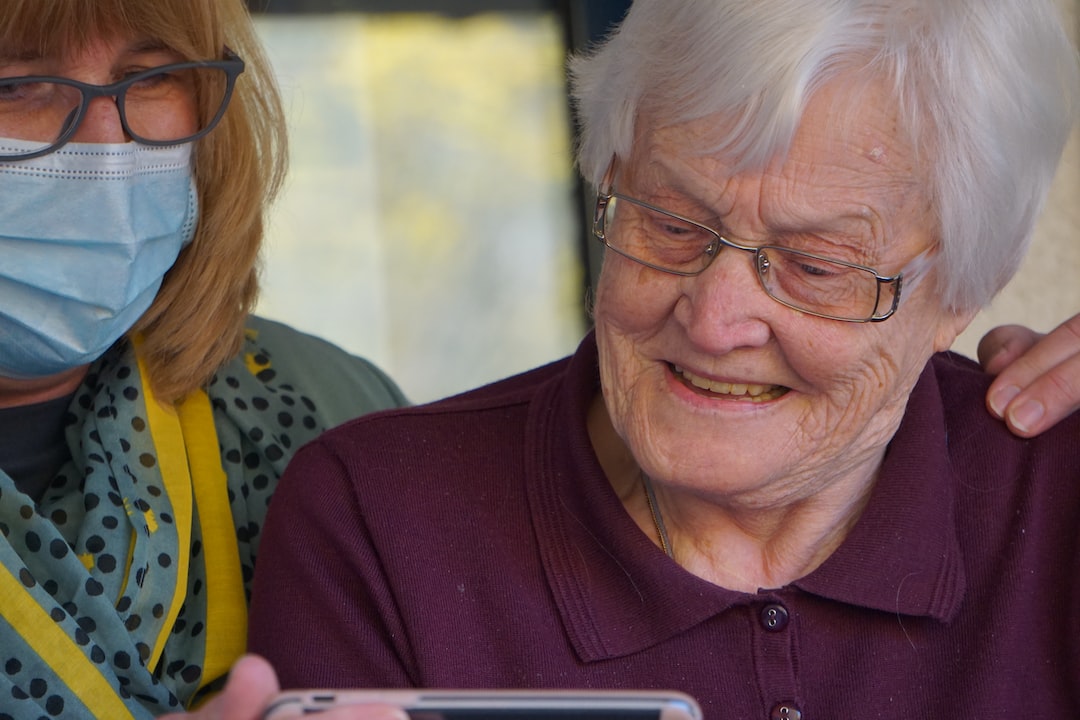Building a strong community network is essential for fostering strong relationships, supporting one another, and achieving common goals. Whether you are looking to connect with like-minded individuals, make a positive impact, or create opportunities for growth, here are some valuable tips for building a strong community network.
1. Identify your purpose: Before you start building your community network, it’s crucial to understand your purpose and what you hope to achieve. Are you looking to create a platform for sharing knowledge? Or do you aim to support local businesses or social causes? Clearly defining your purpose will help guide your efforts and attract individuals who share your goals.
2. Be genuine and approachable: One of the vital aspects of building a strong community network is being authentic and approachable. People are more likely to connect with you and engage in meaningful interactions if they perceive you as genuine and trustworthy. Be open to building relationships, show empathy, and listen to the needs and concerns of others.
3. Leverage technology: In today’s digital age, technology plays a crucial role in community-building efforts. Utilize social media platforms, online forums, and community websites to connect with individuals who share your interests or mission. These platforms can be used to share information, organize events, or simply start conversations with community members.
4. Establish effective communication channels: Communication is the backbone of any community network. Establish various channels such as email newsletters, discussion groups, or regular meetups to keep your community members informed and involved. Encourage open dialogue and create a safe space for individuals to voice their opinions, share ideas, and ask questions.
5. Collaborate and partner with others: Building a strong community network requires collaboration and partnership. Reach out to other community organizations, local businesses, or individuals who share similar values and objectives. By coming together, you can combine resources, share expertise, and reach a wider audience. Collaborative efforts often lead to more impactful results and a stronger sense of community.
6. Organize regular events and activities: Engage your community members by organizing regular events and activities relevant to their interests. This could include workshops, seminars, social gatherings, volunteer initiatives, or community service projects. These events create opportunities for individuals to connect, learn from one another, and contribute to the community’s growth.
7. Provide resources and support: One of the ways to build a strong community network is by providing valuable resources and support to its members. This could involve sharing educational materials, mentorship programs, or connecting individuals with relevant professionals or services. By actively supporting the growth and success of your community members, you foster a culture of empowerment and create a strong network of professionals.
8. Recognize and celebrate achievements: Acknowledging the efforts and achievements of your community members is crucial for building a positive and inclusive environment. Celebrate milestones, recognize outstanding contributions, and express gratitude for the efforts put in. A simple “thank you” or public recognition can go a long way in strengthening the bond among community members and inspiring others to get involved.
Building a strong community network takes time, effort, and dedication, but the rewards are immeasurable. By following these tips, you can create a vibrant community that thrives on shared values, supportive relationships, and collective accomplishments. Remember, community-building is a continuous process, so remain committed to nurturing and growing your network for long-term success.

